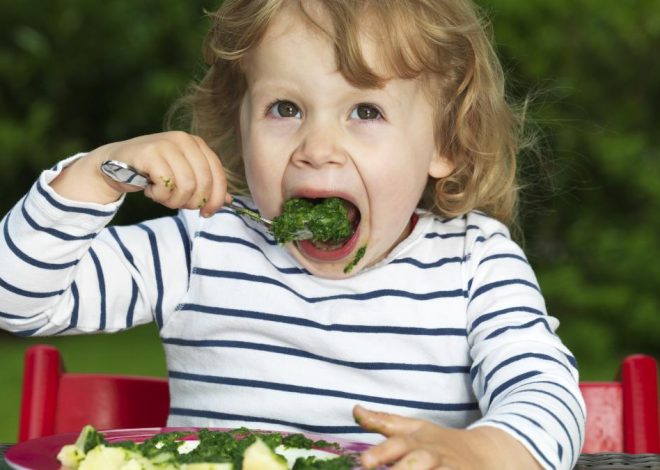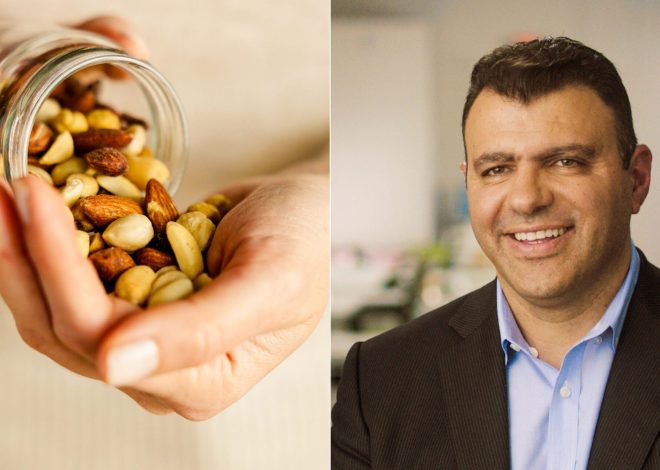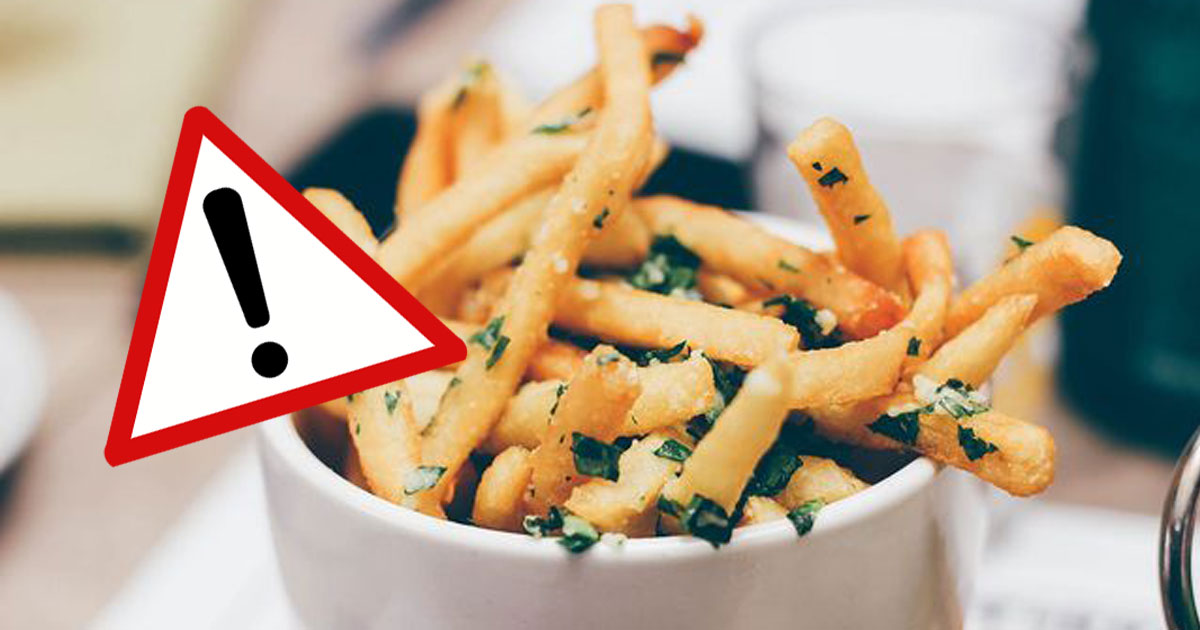
These 6 foods are the worst for the climate
What does nutrition have to do with climate protection? A lot! We present the six foods that are most harmful to the climate and show you how you can make your diet more climate-friendly.
Not only flying and traffic can have a negative impact on the environment, but also Food is harmful to the climateThis is especially true for food that comes from far away, in the Manufacturing many resources consume or which cause the rainforest to be cleared. In 2020, the Institute for Energy and Environmental Research Heidelberg (ifeu) conducted a study into the climate damage caused by 200 foods. Based on this, we have listed the six worst foods for the climate.
Climate-damaging food number 1: Air-transported pineapple

(Photo: CC0 / Pixabay / senjakelabu29)
With 15.1 CO2 equivalents per kilogram hit Flying pineapple Unlike conventional pineapplewhich also do not have a good carbon footprint due to transport, air-flight pineapples are said to taste much sweeter and more intense and are therefore considered a real delicacy. However, this cannot justify the high CO2 equivalents.
Pineapples transported by ship, on the other hand, have a carbon footprint of 0.6 kilograms of CO2 equivalents.
2. Beef – the most climate-damaging type of meat
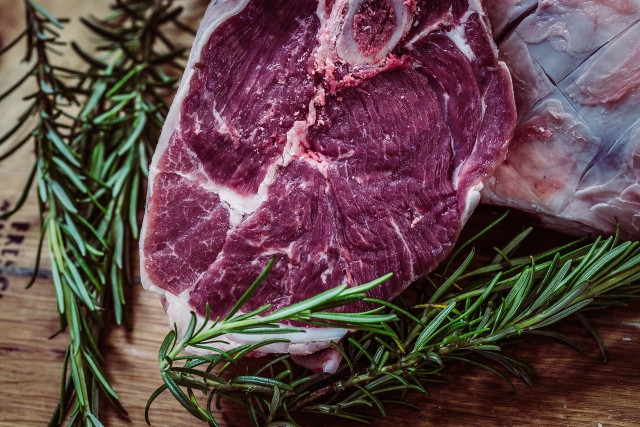
(Photo: CC0 / Pixabay / Free-Photos)
Beef is the most climate-damaging type of meat. Every kilo causes 13.6 kilograms of CO2 equivalents. A CO2 equivalent indicates how much a certain mass of a greenhouse gas (for example methane) to global warming. To do this, it is compared with the same amount of CO2. The value of CO2 equivalents describes how much a product contributes to Greenhouse effect contributes.
Another disadvantage of beef: Also in terms of Water consumption Beef ranks third after cocoa and coffee. In addition, cows emit methane gas during digestion, which is even more harmful to the climate than CO2.
3. Butter
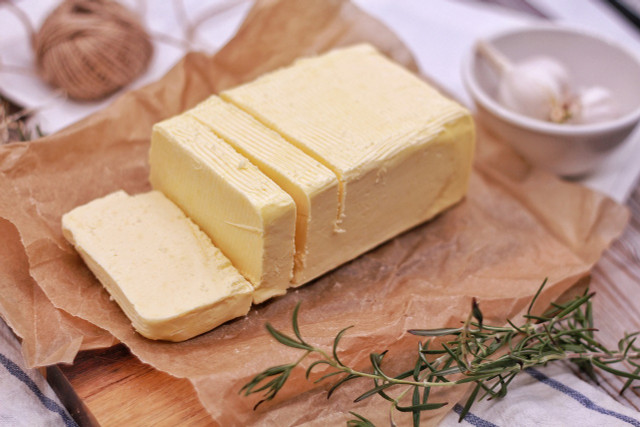
(Photo: CC0 / Pixabay / rodeopix)
Even though it is a vegetarian product, butter is considered to be very harmful to the climate. For the conventional production of one kilogram of butter, 9.0 kilograms of CO2 equivalents ejected. At Organic butter there are even 11.5 kilograms.
The fact that butter is a particularly climate-damaging food is mainly due to the fact that for one kilogram of butter, approximately 18 litres of milk This in turn leads to many cows have to be kept just for butter production. A lot of greenhouse gases are released during the production of the necessary animal feed.
4. Pork and poultry

(Photo: CC0 / Pixabay / Alexas_Fotos)
With 5.5 kilograms of CO2-Equivalents for poultry and 4.6 kilograms For pork, these types of meat are significantly less harmful to the climate than beef, but they still rank fourth on our list. The reason for this is that large areas and a lot of feed are also needed for pigs and chickens.
The feed is often imported, so that large amounts of CO2 emissions In certain areas (such as Brazil), large areas are often used to grow feed crops. Rainforest cleared.
If you want to do something good for the climate, animals and the environment, you should rethink your meat consumption – and reduce it as much as possible. You don’t have to do this overnight. Become a vegetarian or you vegan dietif you find this very difficult at the moment.
But you can approach the topic slowly, for example by having two or three vegetarian or vegan days a week or preparing certain meals a day exclusively from plant-based products. You can get suggestions and inspiration for this here:
5. Even more climate-damaging foods from cows: cheese and cream
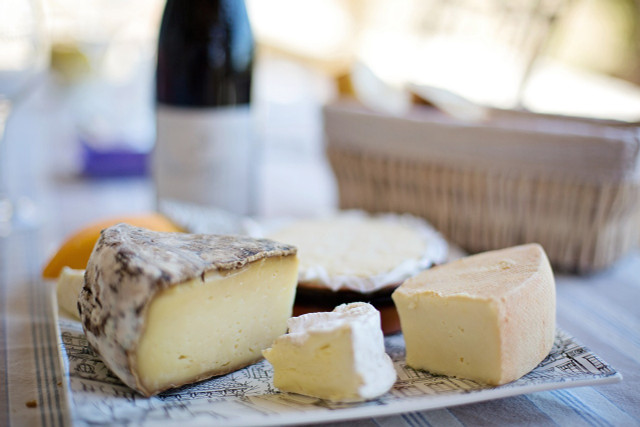
(Photo: CC0 / Pixabay / JillWellington)
Other foods whose production Bovine have a detrimental effect on the climate. On average, cheese production requires 5.7 and for cream between 4.2 CO2 equivalents required. To improve these values at least a little, it is recommended to use products with a low fat content The higher the fat content of a dairy product, the more milk is needed to produce it.
Purely plant-based milk substitutes are more climate and animal-friendly – Milk alternatives, vegan cream, vegan cheese & Co. are now available in almost every supermarket.
5. Chocolate – unfortunately also a climate-damaging food
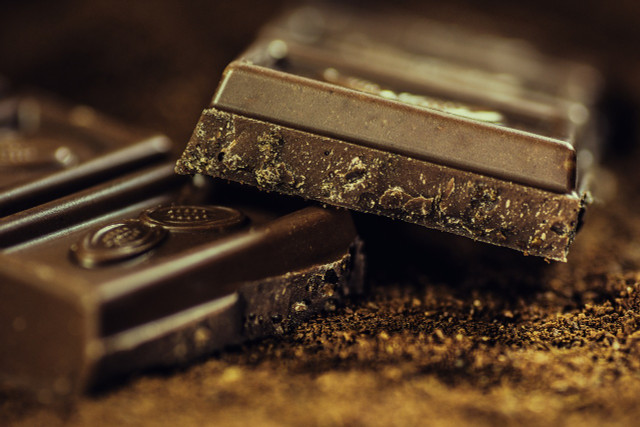
(Photo: CC0 / Pixabay / AlexanderStein)
Chocolate is a very popular sweet, but bad for the climate. For one kilogram Milk chocolate become 4.1 kilos of CO2-Equivalents Their harmful effect on the climate is due to the following factors:
- Chocolate often contains milkwhose production is harmful to the climate due to the greenhouse gases released, as described above.
- In addition, chocolate products often contain Palm oilTo make room for palm oil plantations, rainforests are being cleared on a large scale in many areas. carbonthat the rainforest had stored then escapes into the atmosphere as carbon dioxide.
- In addition, chocolate consists largely of cocoafor the production of large amounts of water One kilogram of cocoa beans requires up to 27,000 liters of water, and a bar of chocolate contains about 1,700 liters of water. This does not have a direct impact on the climate, but it is also a environmentally harmful factor.
To make chocolate a little more climate-friendly, you can buy chocolate products that contain little to no palm oil Chocolate bars are often free of palm oil, but you should take a closer look at other chocolate products. There are also many vegan chocolatesthat do not contain milk and therefore have a slightly better CO2-balance sheet.
Another tip: It is recommended Fairtrade chocolate and cocoa with Fair trade certification to buy. By doing so you support fair tradein which farmers and workers in the production chain receive a fair wage.
Read more on Utopia.de:
Revised by Lea Hermann
** marked with ** or orange underlined Links to sources are sometimes affiliate links: If you buy here, you are actively supporting Utopia.de, because we then receive a small part of the sales proceeds. More information.
Do you like this post?
Thank you for your vote!
You might also be interested in these articles

Ethel Purdy – Medical Blogger & Pharmacist
Bridging the world of wellness and science, Ethel Purdy is a professional voice in healthcare with a passion for sharing knowledge. At 36, she stands at the confluence of medical expertise and the written word, holding a pharmacy degree acquired under the rigorous education systems of Germany and Estonia.
Her pursuit of medicine was fueled by a desire to understand the intricacies of human health and to contribute to the community’s understanding of it. Transitioning seamlessly into the realm of blogging, Ethel has found a platform to demystify complex medical concepts for the everyday reader.
Ethel’s commitment to the world of medicine extends beyond her professional life into a personal commitment to health and wellness. Her hobbies reflect this dedication, often involving research on the latest medical advances, participating in wellness communities, and exploring the vast and varied dimensions of health.
Join Ethel as she distills her pharmaceutical knowledge into accessible wisdom, fostering an environment where science meets lifestyle and everyone is invited to learn. Whether you’re looking for insights into the latest health trends or trustworthy medical advice, Ethel’s blog is your gateway to the nexus of healthcare and daily living.

